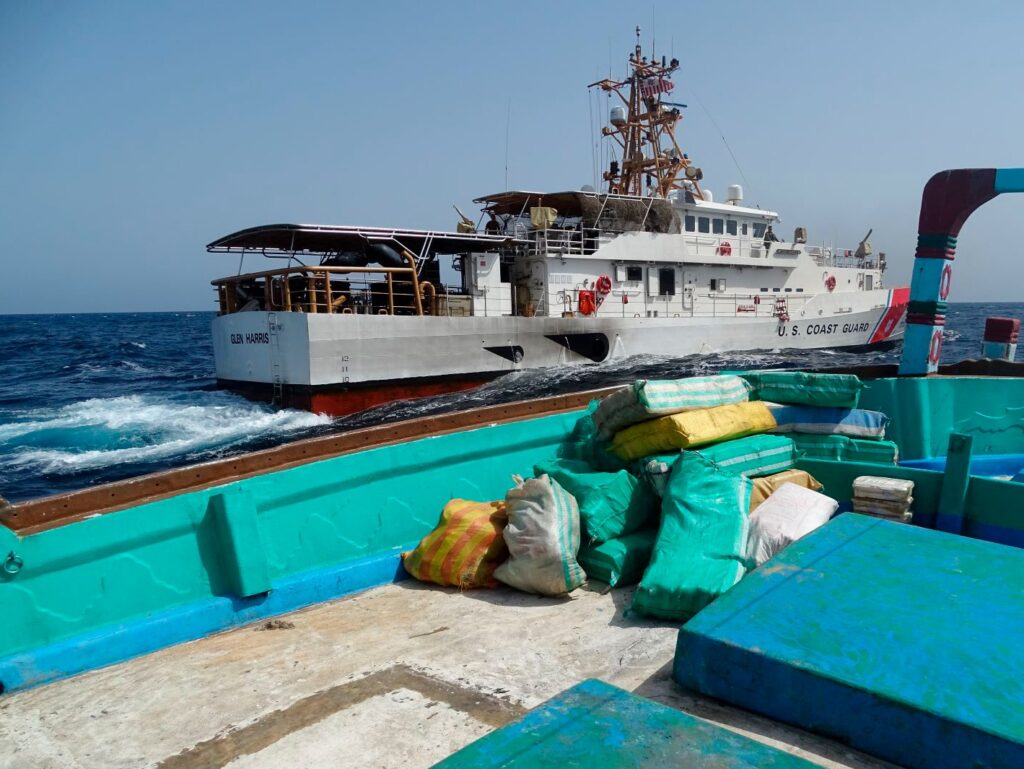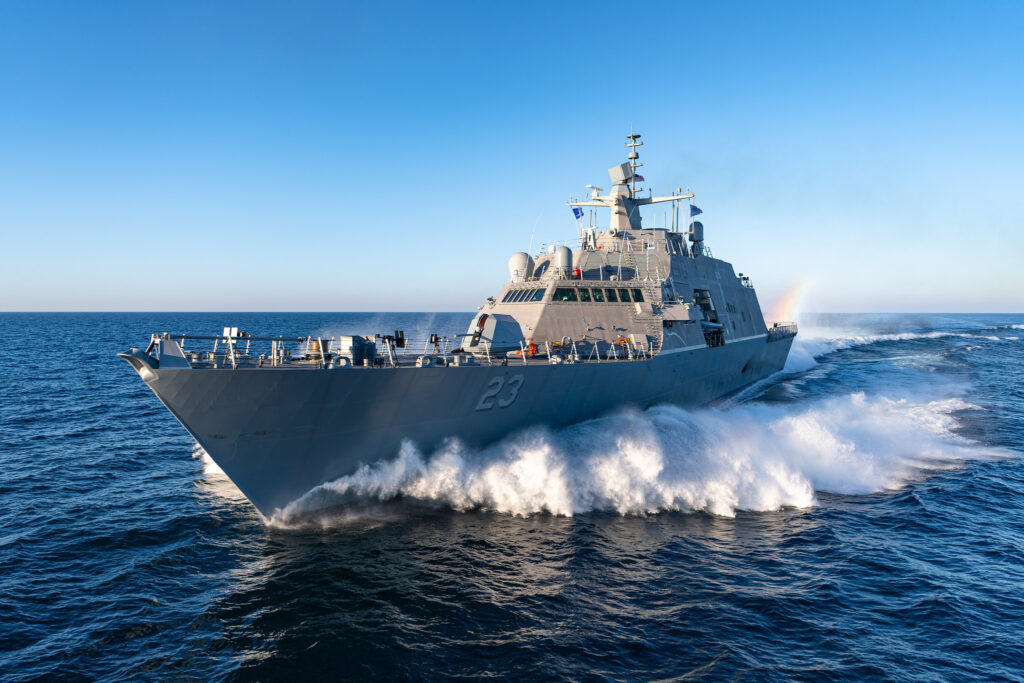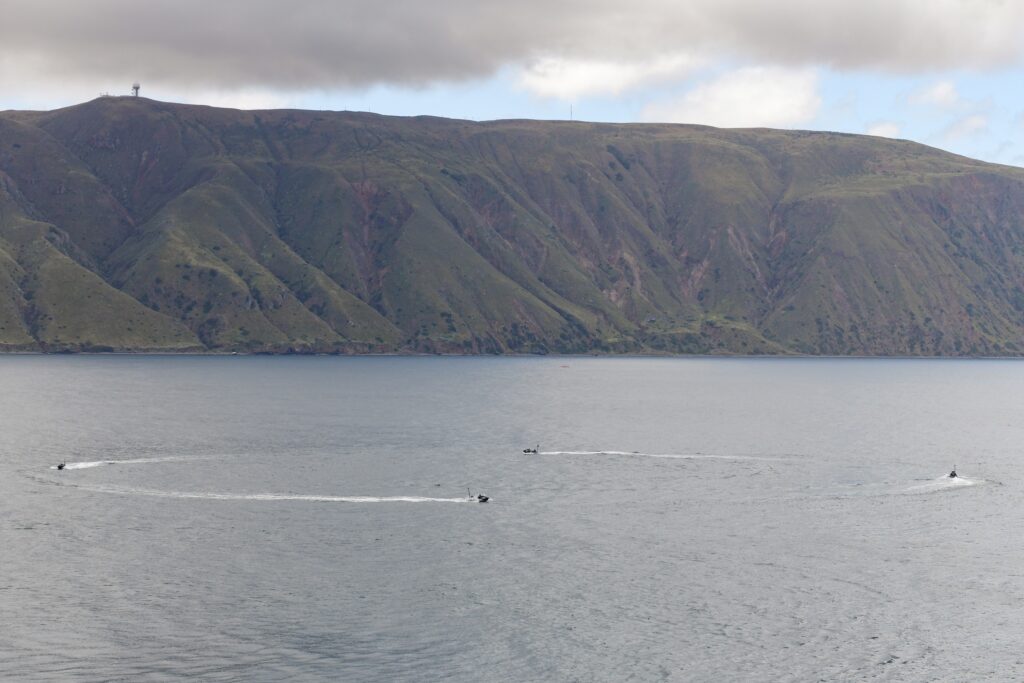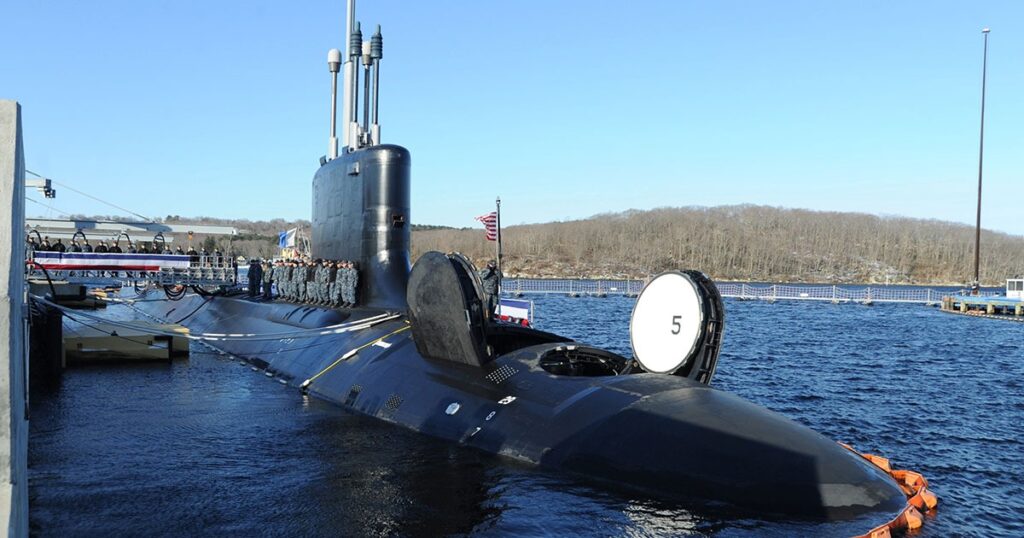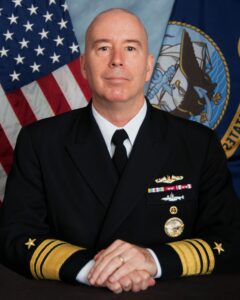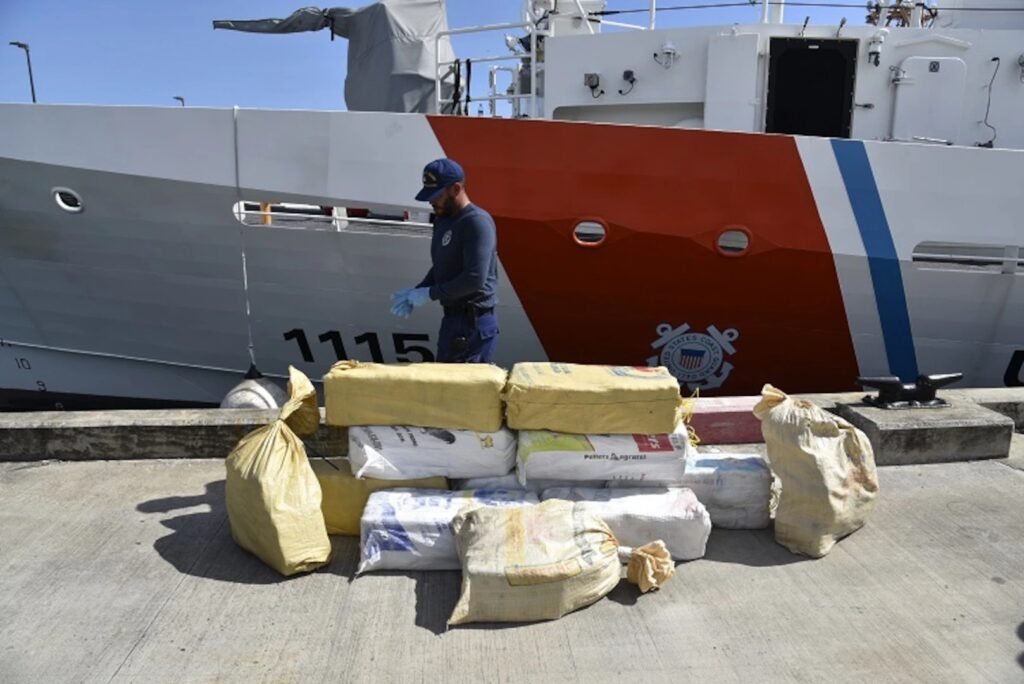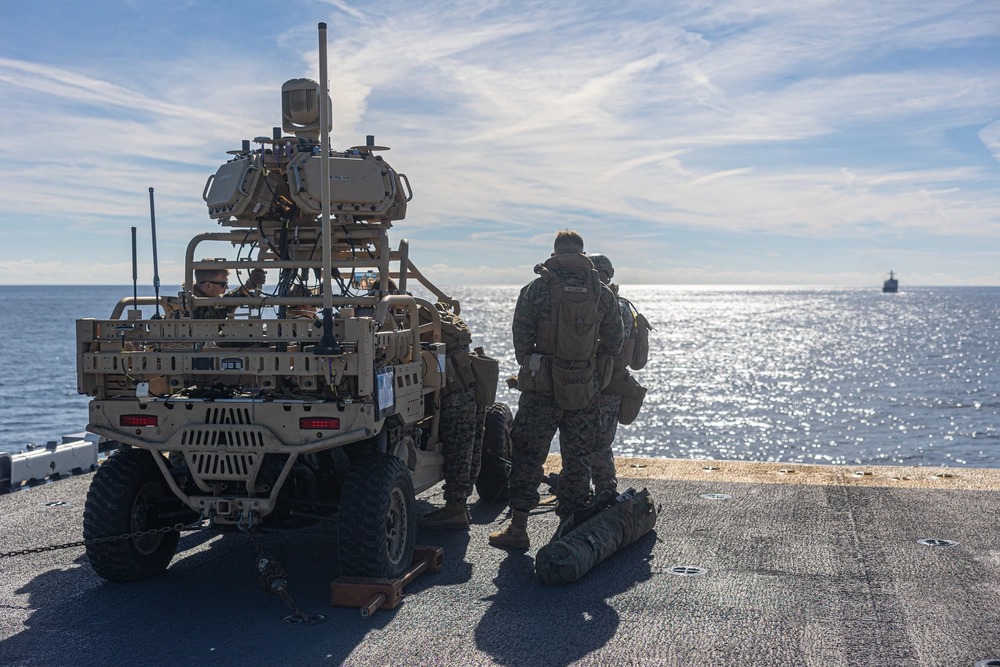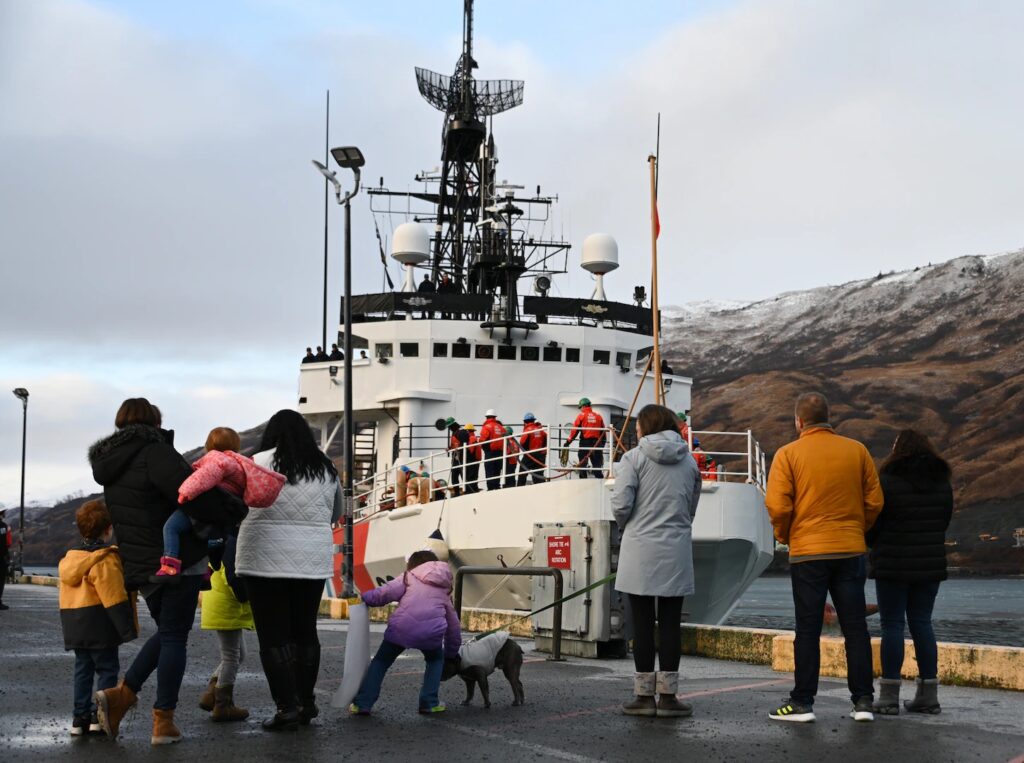Navy fields new training system enhancing readiness, affordability
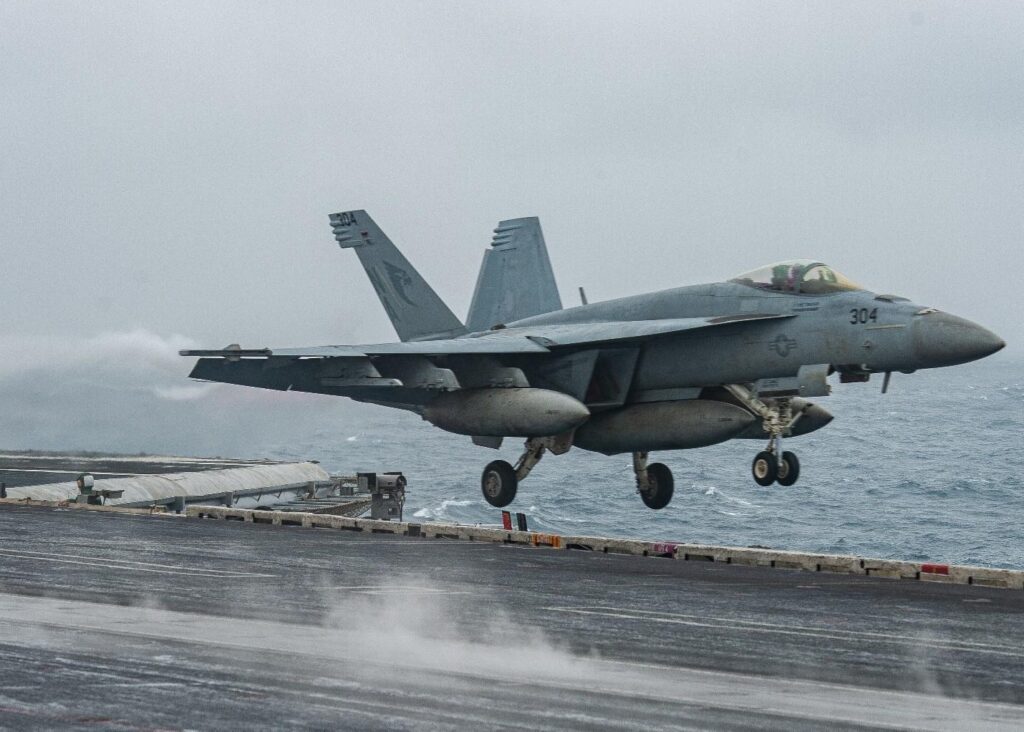
Release from Naval Air Systems Command
*****
Published: May 8, 2023
NAVAL AIR SYSTEMS COMMAND, PATUXENT RIVER, Md. — The Naval Aviation Training Systems and Ranges (PMA-205) and the F/A-18 and EA-18G (PMA-265) program offices are fielding a sophisticated Live Virtual Constructive (LVC) training system that has the potential to revolutionize the way the Navy trains, leading to greater readiness and significant cost savings.
The LVC training, commonly referred to as Link Inject-to-Live (LITL), injects high fidelity simulated air-to-air and surface-to-air targets into the F/A-18E/F and EA-18G weapon systems and is projected to save the Navy millions of dollars annually.
“The Link Inject-to-Live trainer enhances the F/A-18 and EA-18G training capability by enabling them with the ability to train against realistic air and surface threats,” said Capt. Kevin McGee, PMA-205 program manager. “The capabilities LITL brings for both deployed and home station operations are quite impressive.”
The training system is cost-conscious and portable. This results in extremely dynamic and complex training scenarios that can be presented to deployed aviators, while reducing the administrative burden and cost of traveling to detachment sites for red air adversary support, which also reduces fuel and maintenance costs.
“In naval aviation, we train like we fight, and Link Inject-to-Live makes training more realistic and easier, so it’s a win all around,” said Cmdr. Sarah Abbott, PMA-265 F/A-18E/F deputy program manager. “This capability is a game changer.”
The two program offices fielded LITL aboard aircraft carriers in support of deployed units, granting squadrons the ability to continue weapons and tactics training at sea. LITL is not limited by weather conditions and relieves squadrons from using live aircraft as adversaries while increasing sortie and training event completion.
In 2022, LITL was used for hundreds of events and thousands of sorties, which is an increase in sortie utilization from 2021. This increase is directly related to the fleet adding LITL events due to the significant increase in training fidelity provided by the system.
“The future use cases for LITL are really exciting,” said Chuck Terry, PMA-205 Aviation Training LVC and Strategy Department team lead. “We are currently testing connections to other platform simulators that will facilitate integrated training that will accelerate air-to-air training.”
The LITL program has the potential to provide significant positive impacts to training, paving the way for considerable changes to training syllabi.
